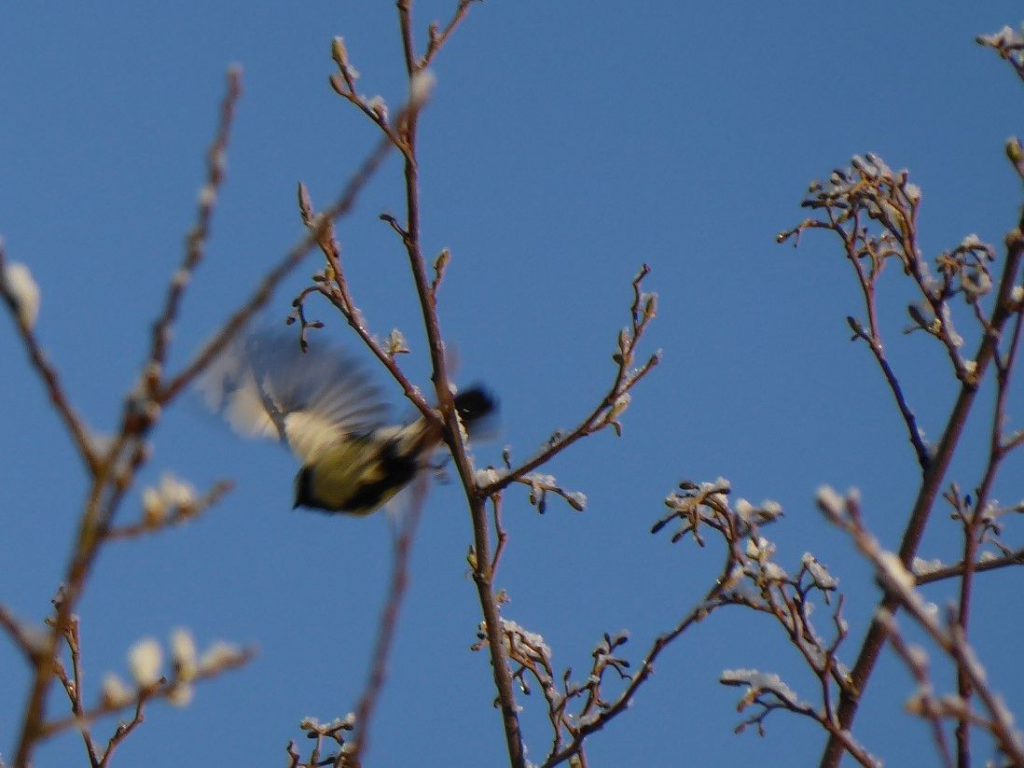It was 1969, I was staying the night on Penang Island just off the coast of Malaysia. I woke to the sound of chanting drifting in through the open window, rhythmic and somehow penetrating, in an odd way. It was probably Buddhist monks singing their morning devotions. At the time I was moved simply by the sound of the gathered voices. It was more than just singing, just sound. Something had stirred and that is what I have been contemplating today. Hearing. Specifically the impact of hearing the sound of another’s voice, collectively or individually, speaking or singing. What is it that makes the difference between just singing/speaking and that impactful voice? I’d imagine most of us have been knocked over on occasion by the sound of a voice, speaking or singing.
Each morning here in the monastery we sing scriptures at Morning Service. The same scriptures every day and several days of the week we sing several more scriptures. I’ve been doing this, when in a monastery or priory, for a good number of years and I know them and can sing them fairly much automatically without thinking about what I’m doing. I could, and sometimes do, drift off mentally to other things. However, whatever might be going on in my private world there is always the sound of other voices in the room. I hear not just my own voice, I’m hearing the sound of voices outside of myself. It’s a collective event, mine is not a voice alone. We are singing with one voice, so to speak, because we are singing together, linked up through listening/hearing. Even with a mind drifting off from time to time the one voice doesn’t change. We are not singing to ourselves.
Now and then I might be in the same position as I was in Penang, that is hearing singing but not being part of it. Not lending my voice, together with the others, in the same physical space. Hearing the sound, the collective voice outside of myself is completely different in ways I can’t put my finger on. This happens when for some reason I’ve had to miss morning service and happen to pass by the ceremony hall and hear the singing. The impact that has is remarkable, compelling, deeply sturring just as it was back in 1969. Why is that I wonder?
I’m thinking this has something to do with intent which is largely out of conscious awareness, though very much a background intention. That is to listen and to hear amidst, beneath, around, beyond audible sound – to meditate seamlessly. A few weeks ago I pondered in a blog post on the whys and wherefores of talking to oneself. Is it or is it not a problem. Even a mental health problem? I think the conclusion was, it wasn’t. Any more than singing to oneself or whistling or humming to oneself is. There isn’t an overt intention to communicate further than oneself, it’s just one’s own thoughts, tunes sound escaping into the public domain. Others might be present but the sound isn’t for them, it’s primarily for the sound maker. Thus it is that chattiness and general random sound-making are discouraged since the business of meditation, the background intention behind everyday and formal meditation is to quieten down. So that?
So that the sound of one’s own voice (internally or externally) gives way to that remarkable, compelling, deeply sturring ‘voice’ which communicates . Not exclusively or primarily in words, sung or spoken, though indeed that can be the case, more in a sort of calling. Which is heard if one is intent on hearing; past one’s own individual voice(s).
This evening in the kitchen the Lemons in the fridge were calling. I didn’t consciously know they were however I’m glad I was listening since one of them had gone bad and needed to be binned! I seem to be particularly tuned into the fruit and veg, but not exclusively! We tend to think quietening down and listening, the basic intent behind the religious life, that’s religious practice lay and monastic, will have us ‘knocked over’ with profundity. Sometimes yes, most often it’s something like the lemons this evening or in the Autumn, a box of Pumpkins needing attention.
